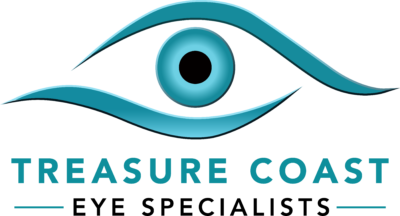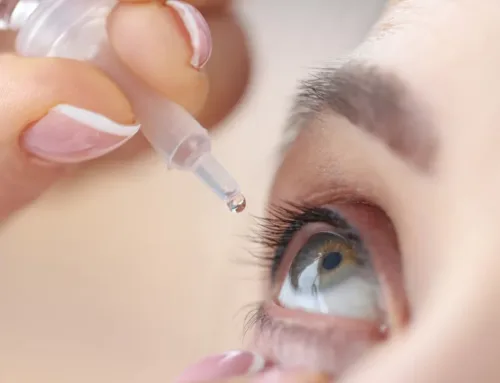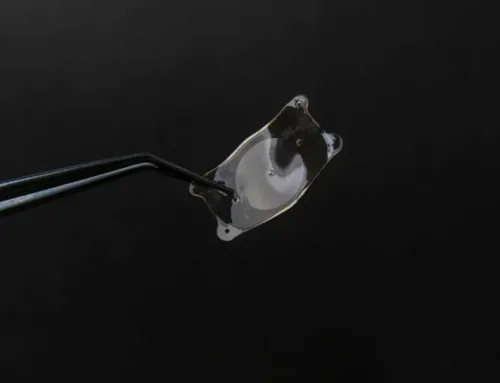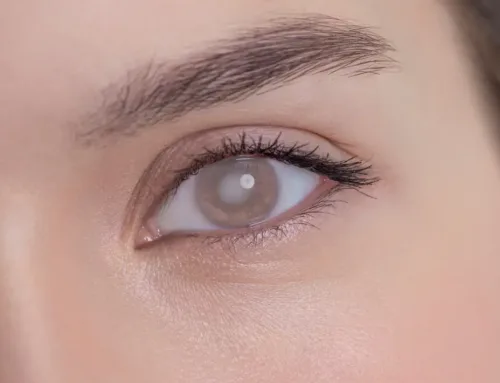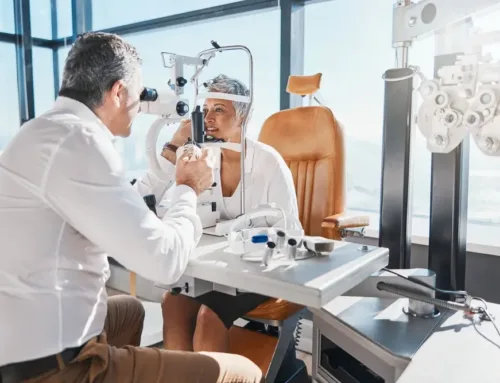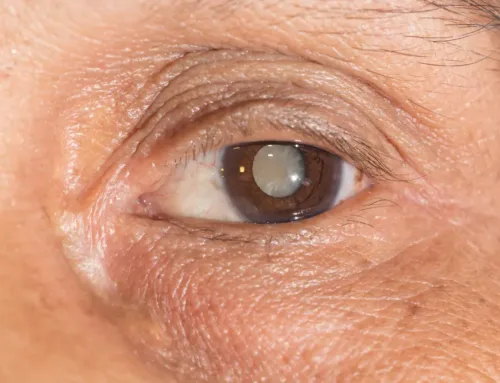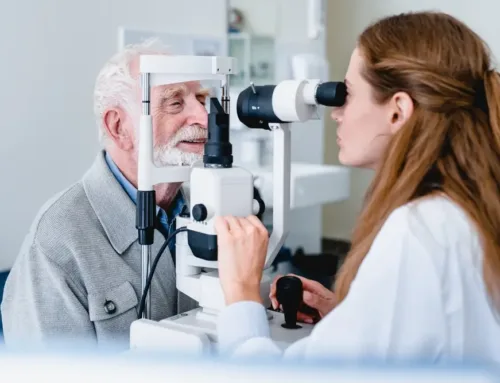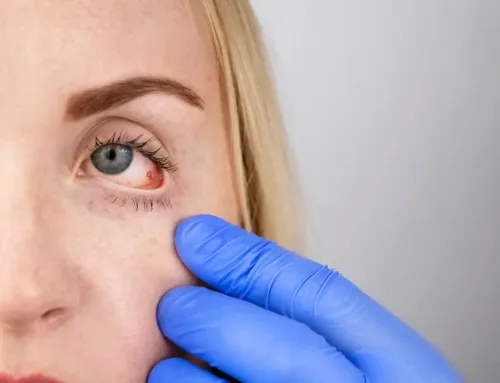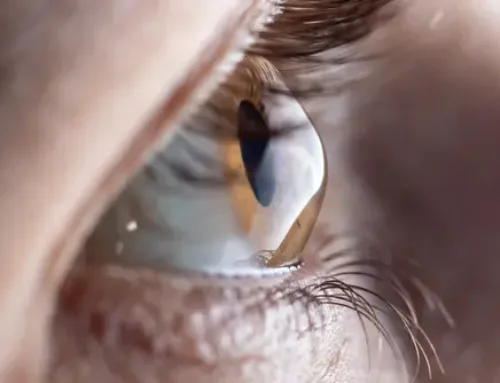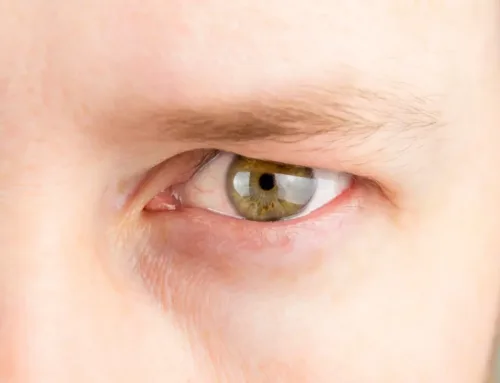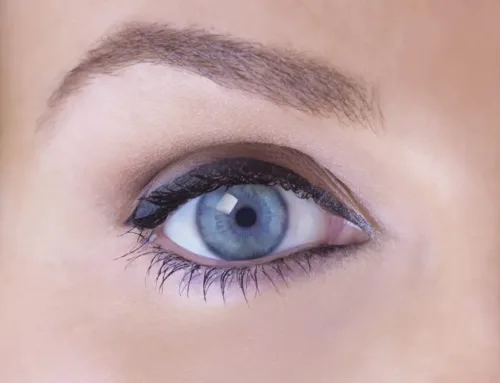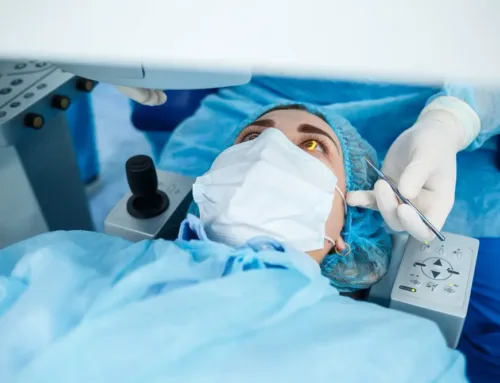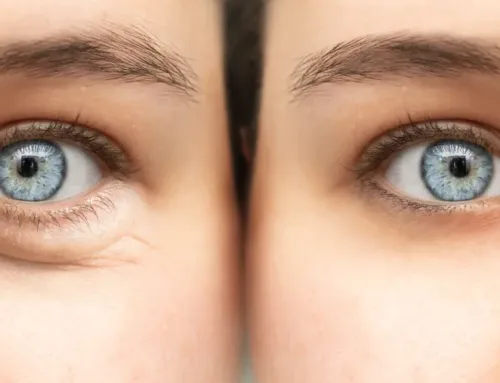Cataracts are one of the most common eye conditions in the world and a leading cause of vision loss. By 2050, the number of people in the United States with cataracts is expected to double from around 24.4 million to more than 50 million. Fortunately, there is a treatment which can restore your vision.
Cataracts occur when the natural lens of the eye, a transparent disc inside the eye, develops cloudy patches. These form due to changes to the proteins within the eye, which cause them to clump together rather than being evenly dispersed. They are most often associated with older individuals, although they can occur at any age. Unfortunately, there is no way to stop cataracts when they start to develop. Instead, patients must undergo treatment to remove and replace the lenses. 
What Do Early-Stage Cataracts Look Like?
Cataracts are a progressive condition which means that they will get worse over time unless you undergo treatment. As a result, the symptoms and effects will also become more severe.
In the earliest stages of cataracts, you probably won’t be able to tell that you have cataracts just by looking at your eyes. This is because the cloudy patch will be too small to be particularly noticeable. However, you may have started developing symptoms, and these could include:
- Clouded, blurred, or dim vision
- Vision that seems like you are looking through frosted glass
- Sensitivity to light and glare
- Finding it harder to see and drive at night
- Seeing haloes around lights
- Colors look faded or yellowed
- Needing to use brighter light for reading/close up activities
- Frequent changes in eyeglass or contact lens prescription
The larger the cataract gets, the more it can distort the amount of light passing through the lens of the eye, and the more affected your vision will be. As your cataracts get larger, you may be able to see noticeably cloudy patches developing on your iris (the colored part of your eye).
Cataracts can affect one eye or both, and the rate at which they develop can vary too.
Cataract Treatment
One of the biggest misconceptions about cataracts is that you must wait for them to be advanced before you can have treatment. While some people prefer to wait until their vision is significantly affected, there is nothing to stop someone having cataract treatment at any stage of their development.
Cataract surgery is very simple and straightforward, with thousands of procedures being performed across the United States every week. The surgery is performed under local anaesthetic and involves removing the clouded lens and replacing it with an artificial alternative, called an intraocular lens or IOL. There are a variety of types of IOL to choose from, including some that can permanently correct refractive eye errors. Your ophthalmologist will be able to advise you which IOL is right for you.
Since your vision will be adversely affected while your eyes heal, if you have cataracts in both eyes, you’ll almost certainly have to have surgery on one at a time.
For more information about early-stage cataracts, visit Treasure Coast Eye Specialists at our office in Port St. Lucie or Stuart, Florida. You can call (772) 400-2400 or (772) 286-0007 today to schedule an appointment.

